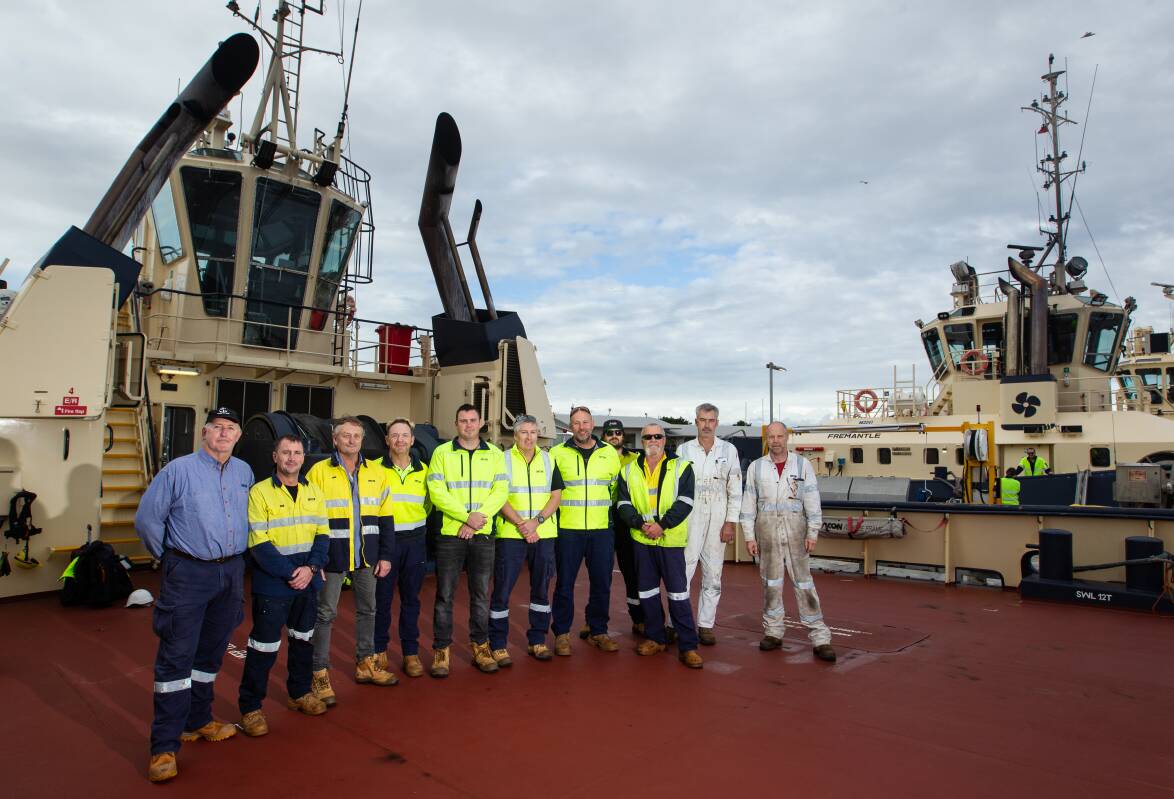FOR the first time in three days, the crew of the tugboat Svitzer Glenrock were back on home soil after being part of a dramatic operation in atrocious conditions off southern Sydney to avoid a disaster and tow a stricken ship into port.
"Really good feeling", said Craig Gibson, one of the three masters on board, as the 32-metre tug tied up at its Carrington berth. "Wonderful."
What heightened that feeling was the ocean of emotions the 11 crew members had experienced since Monday, when the bulk carrier Portland Bay got into trouble after its engine failed in mountainous seas just off the Royal National Park.

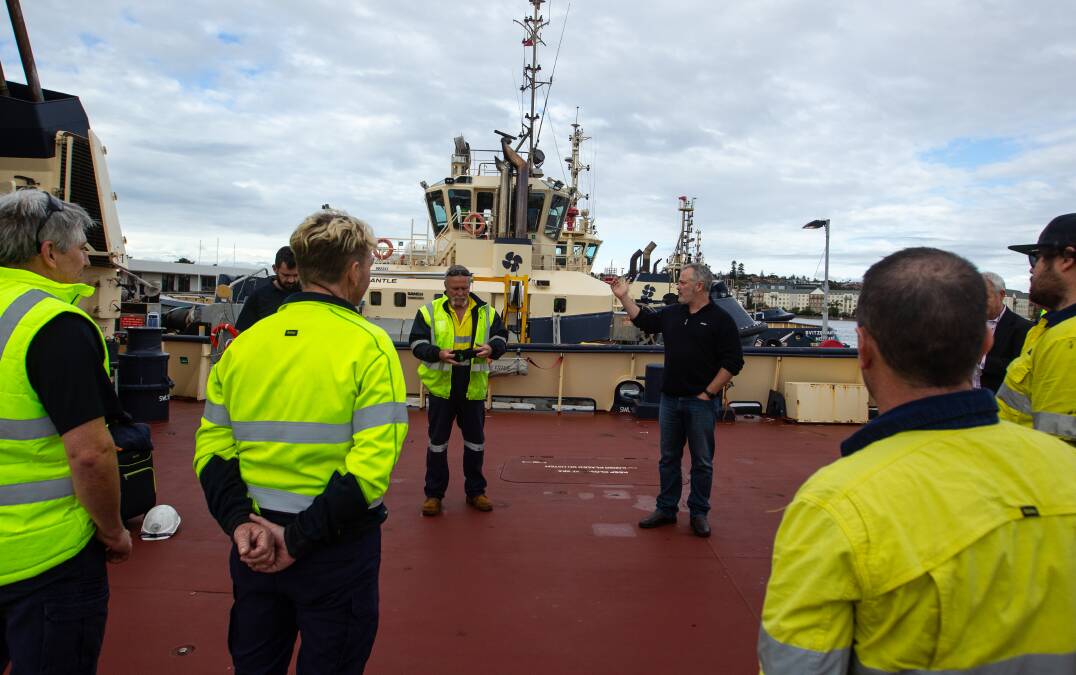

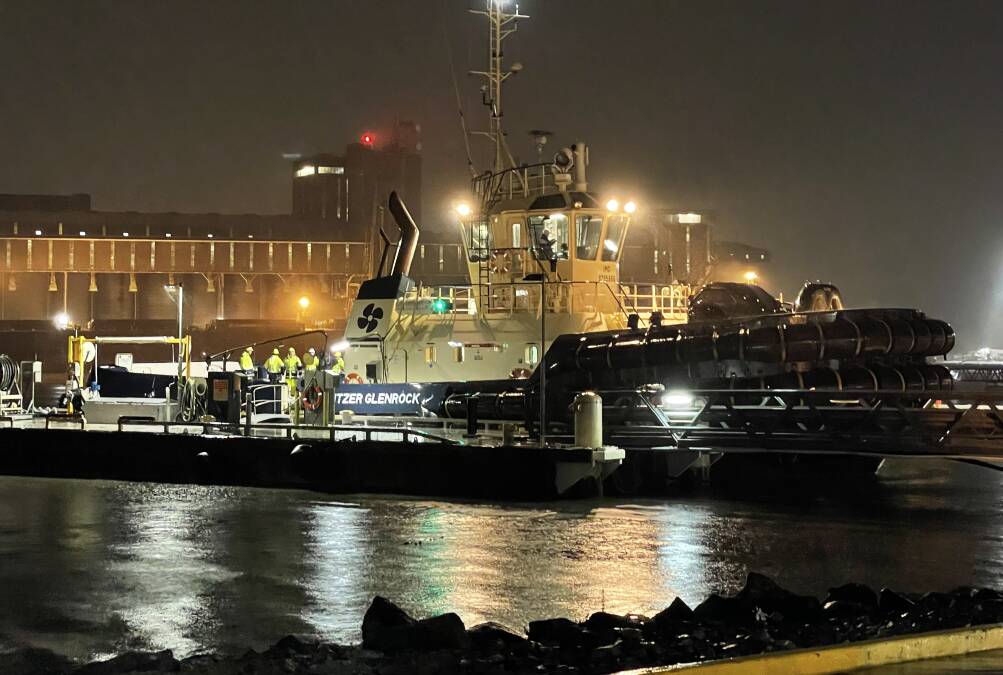
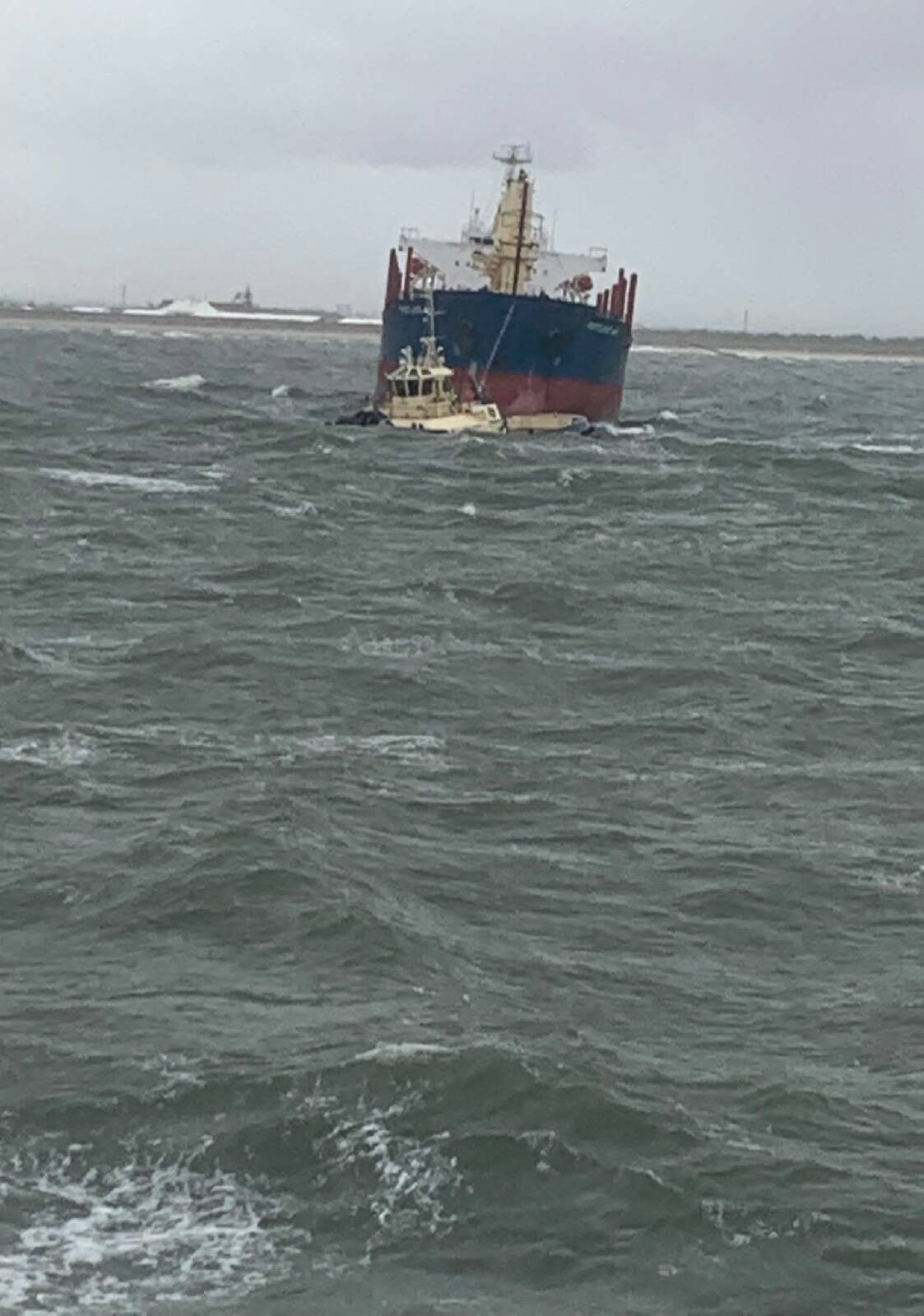
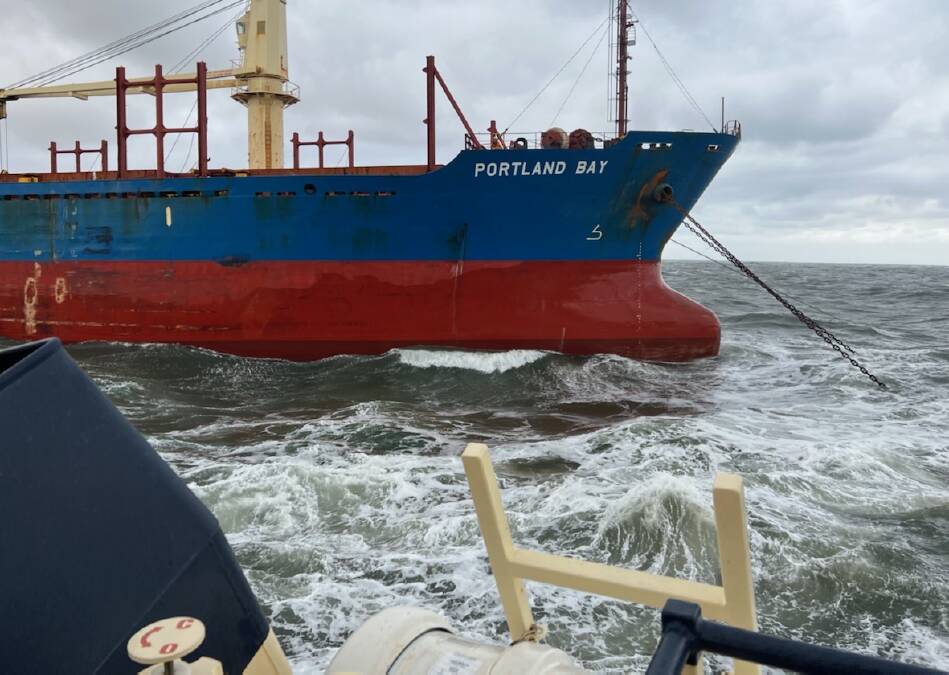




While three Port Botany-based tugs had already been involved in the salvage operation, the call came from the Australian Maritime Safety Authority to Newcastle for the Svitzer Glenrock to head south.
As a designated emergency response vessel capable of towing as well as salvage, the tug was needed to help out in holding the ship.
The East Coast Operations Centre at Svitzer's Dyke Point terminal put out a call for crew trained in salvage - and quickly.
"We knew that going into eight- to 11-metre swell, punching into it, at the black of dark with the weather intensifying, wasn't for the faint-hearted," said Geophrey Gavin, Svitzer's Newcastle Port and Operations Manager.
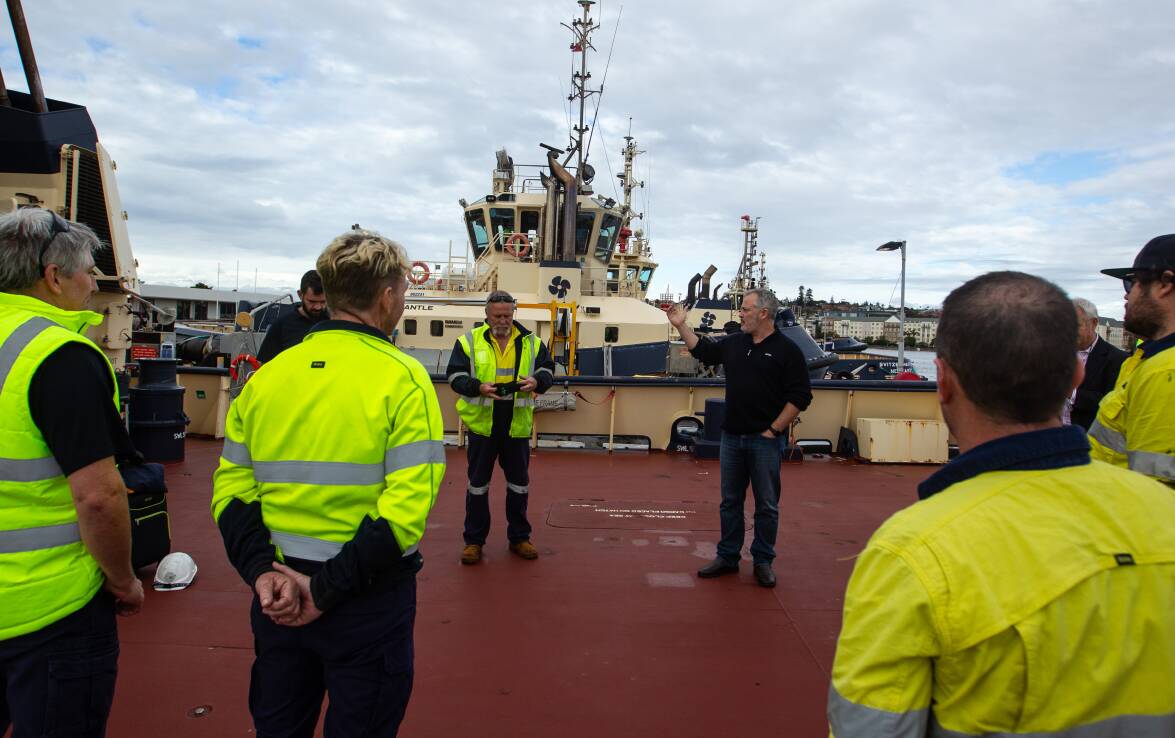
Just past 8pm, deckhand Dave Andrews was at his Aberglasslyn home when he received a text that read, "Glenrock ETV (Emergency Towage Vessel) Crew is Activated". He headed straight for his car.
"I wasn't doing anything else," he recalled, as to why he said "yes". "It's part of my job."
Within two hours, the crew was assembled, the tug loaded, and it was ready to cruise out of the harbour.
Geophrey Gavin was aware of the enormity of this operation. It was the first time since the Pasha Bulker grounding on Nobbys Beach in 2007 that a local crew had been activated. And it was the first time for the Svitzer Glenrock, which had arrived in the port in 2018.
But more than those points of history, Mr Gavin knew his crew was heading into the unknown.
"You get emotional, and you hope for a safe return," he said.
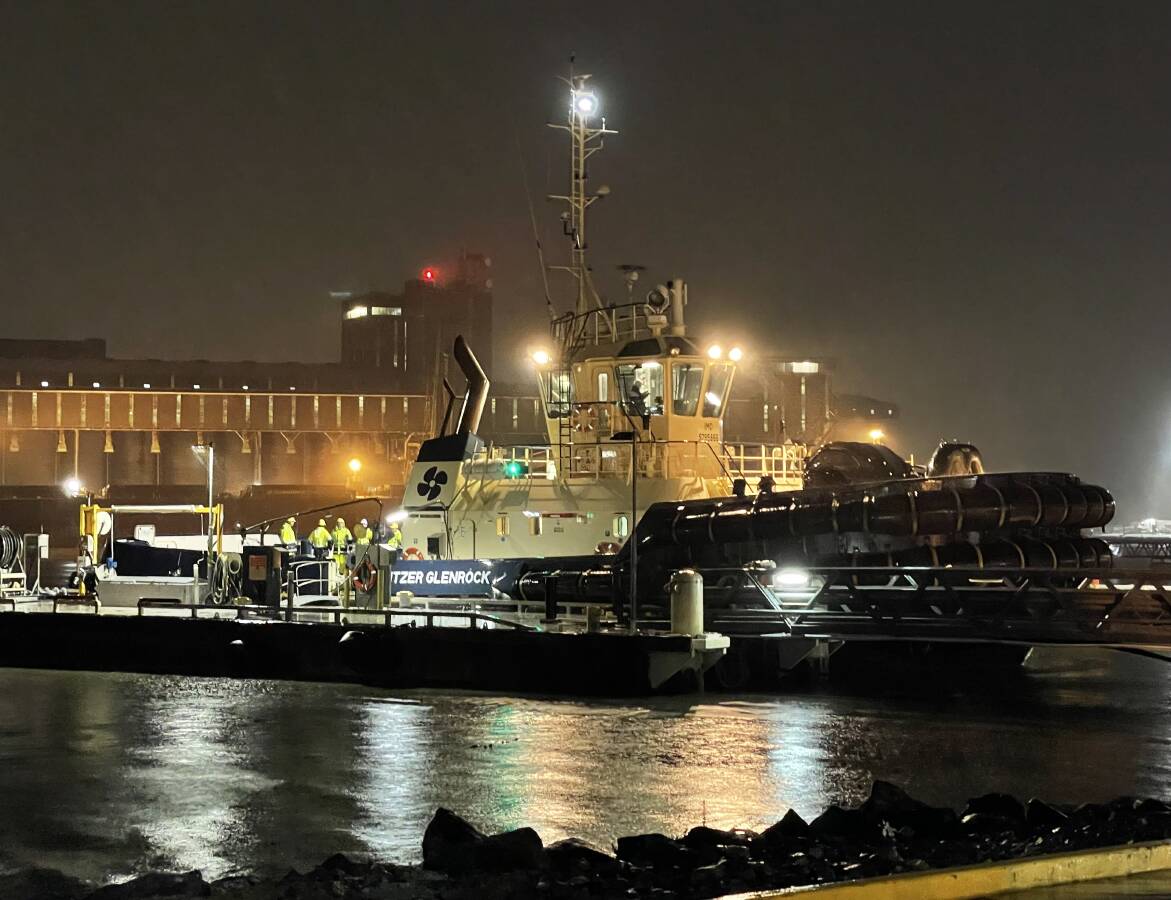
For about 15 hours, the tug pushed into some of the worst conditions the crew had ever encountered.
"It was nothing short of atrocious," said Andy Duncan, one of the tug masters, who has worked for Svitzer for about 14 years.
"We were greeted with worsening conditions when we got down there.
"The ship was at anchor, but we had the pressure of deteriorating weather conditions, and the time pressure of getting connected to the ship."
To connect a thick wire to the bow of the Portland Bay, the tug's crew used a rocket launcher.
"One shot straight over the top," said Dave Andews. "So everything went smoothly."
From Tuesday afternoon through the night to Wednesday, the Newcastle tug helped hold the ship, keeping the line taut in the surging swell - all the while ensuring that the wire didn't snap.
"If that was the case, the sheer energy within that wire snapping back could do anything," explained Geophrey Gavin. "So that was the risk."

Not that those on board were consumed with thinking about risks.
"We were just trying to stay in the moment and not anticipate and just deal with what was on our plate at the time," Andy Duncan said.
"Really there was no room for error. We had to get it done."
On Wednesday morning, the operation to tow the Portland Bay into Port Botany began, with the Svitzer Glenrock off the ship's helm, effectively leading the way.
"We only had a narrow weather window when we could actually get the tow underway," Mr Duncan said.
At the helm for the towing operation was Dave Kerr, who has worked for Svitzer for almost 17 years. He described the tow as nerve-wracking and challenging.
"The conditions, they were starting to increase again as we were coming in," Dave Kerr said. "Lots of things happening. Shallow water. Time pressure."
Geophrey Gavin said the Newcastle tug was integral to the operation.
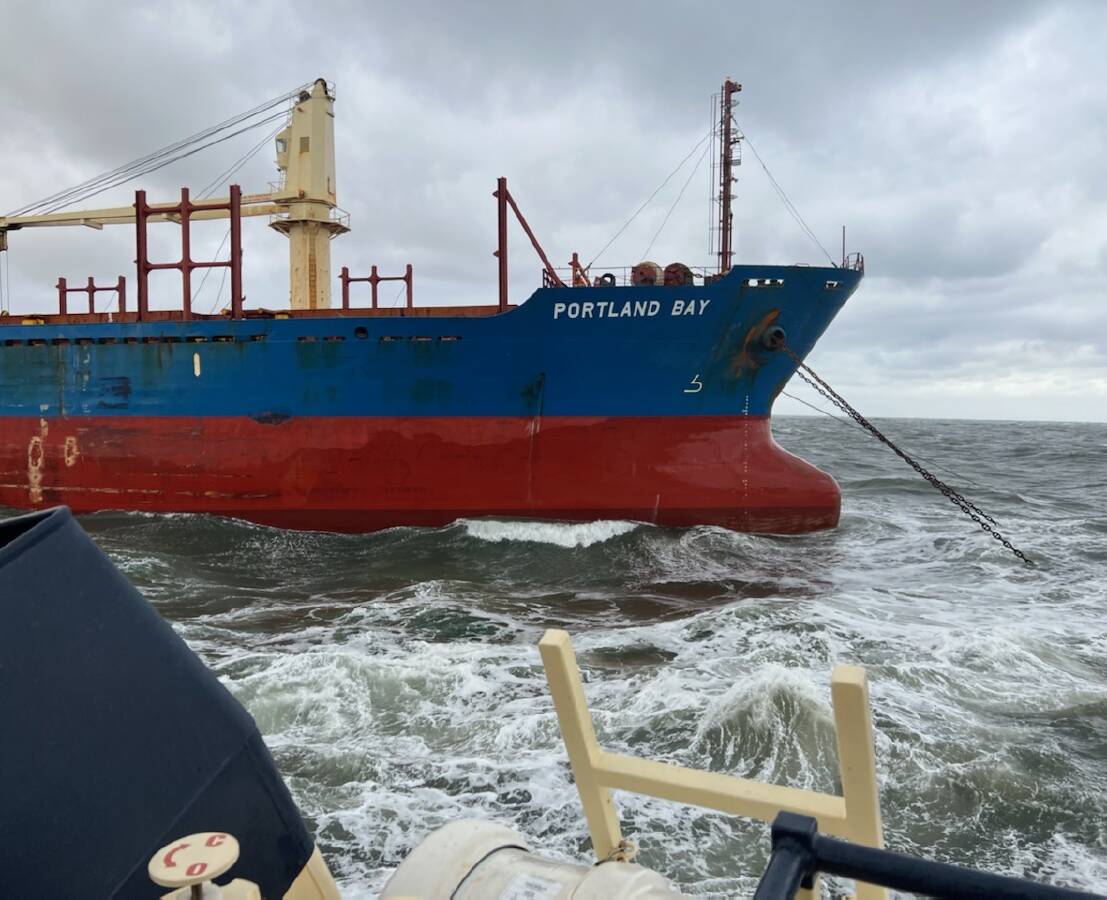
"If it wasn't for the Glenrock, they wouldn't have moved it," he said. "They didn't have the assets or equipment down there to relocate or move it in a safe passage."
On board the tug were a couple of crew members who had been part of the Pasha Bulker salvage operation.
One of them was Craig Gibson. He said one of the major differences was that the Portland Bay managed to get its anchors down when it was in trouble.
But he saw similarities between the two events.

"Definitely the swell and the conditions were the same," he said.
Craig Gibson was determined that maritime history didn't repeat.
"It's always in the back of your mind, for sure."
But the Portland Bay had its engine running again, and with the assistance of the tugs, the ship safely reached Port Botany.
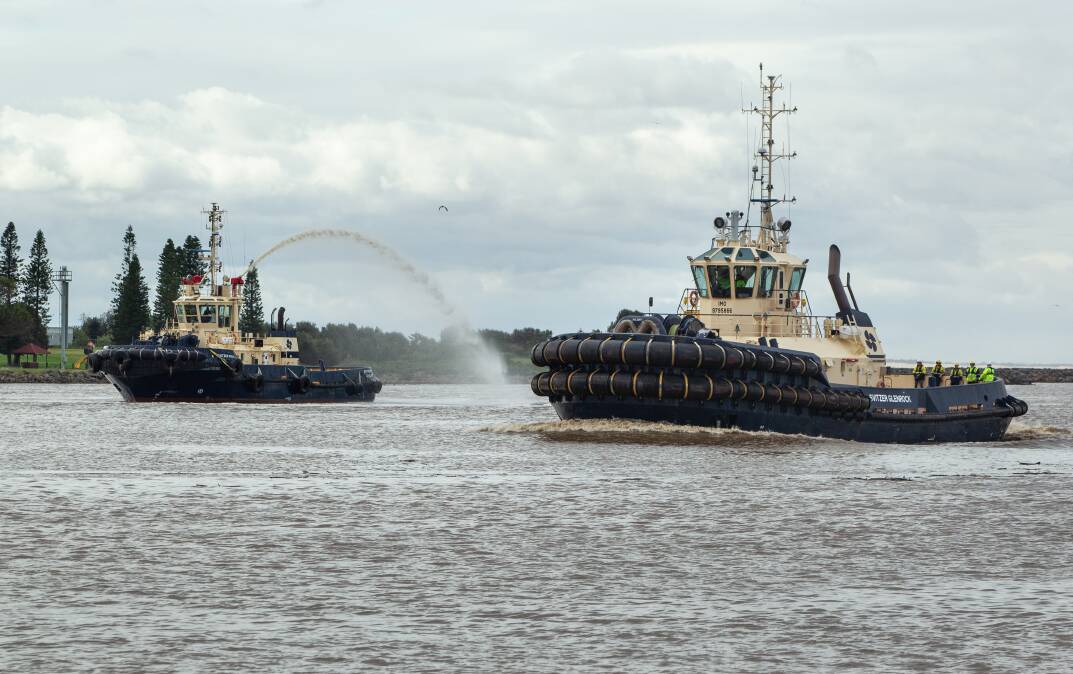
After resting in Sydney overnight, the crew made the voyage home, with the Glenrock reaching the calmer waters of Newcastle Harbour just before 2pm on Thursday.
Waiting to greet them were a couple of other Svitzer tugs, with the Myall providing a water salute and the Plenty performing a celebratory pirouette.
It may have been a heroes' welcome, but the crew members shook off that word.
"We don't see ourselves as heroes," said Dave Andrews. "This is getting our job done."
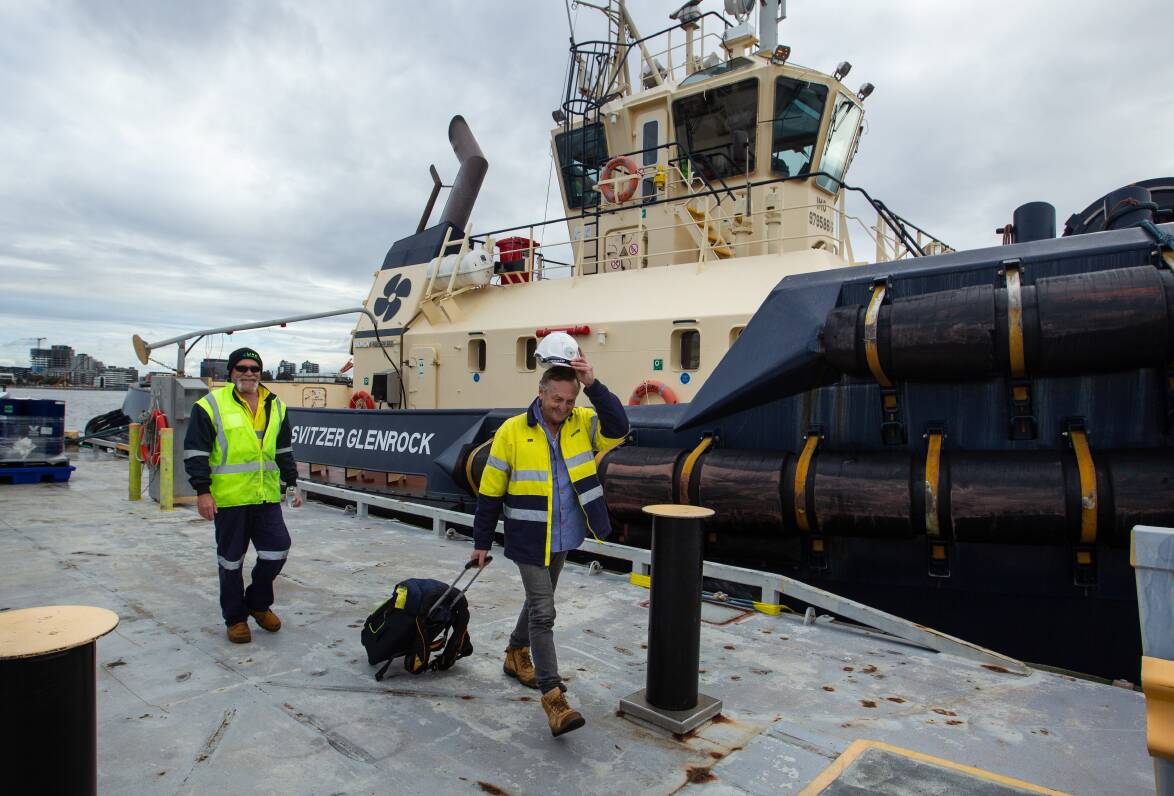
The crew members were looking forward to seeing their families. Andy Duncan had missed his daughter's first birthday on Wednesday.
Before the Glenrock crew headed off, Geophrey Gavin congratulated his colleagues on the tug's aft deck.
"We're very proud of you boys in the way you conducted yourselves," he said.
"No fear. You just got it done."
